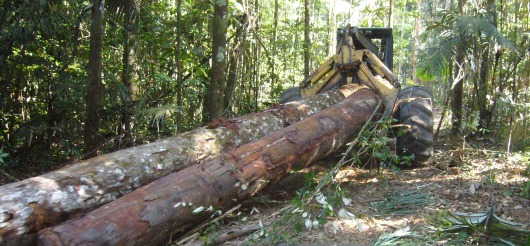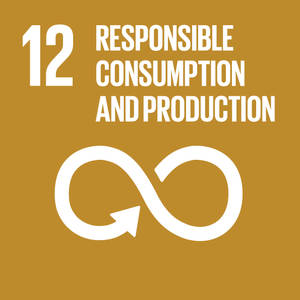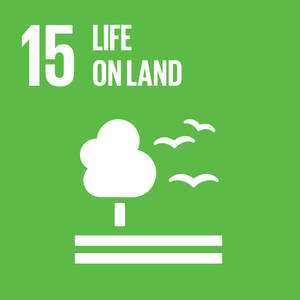Wood harvesting encompasses felling, extraction, on site/landing processing, and loading of trees, logs or other tree parts onto trucks. Harvesting has a lasting impact on forest structure and ecosystem functioning. Environmentally sound forest harvesting and transport operations are therefore essential components of sustainable forestry. Good practices begin with careful planning, trained and motivated workers with technically competent supervisors. Six areas are particularly critical from a sustainability standpoint. They are planning, roads, felling, extraction, long-distance transport and post-harvest assessment.
Planning is broadly done at three levels, the strategic, tactical and operational levels. Strategic plans span over long periods and large areas. Tactical plans cover shorter periods typically at landscape or watershed level. Operational plans incorporate actions needed to conduct operations.
Roads built in connection to harvesting are typically classified as haul roads stretching from landing to mill or shipping point, feeder roads built to reduce skidding/forwarding distances, strip roads to extract wood from stump to landing, and access roads e.g. for labour, material and connection to administrative centres. Poor practices can be very damaging and costly, e.g. causing erosion and landslides. Competent staff should be engaged in planning and construction of roads. Adequate maps need to be available. Areas of importance include drainage, avoidance of steep grades, avoidance of sensitive areas and crossing of waterways.
Felling should be done to accommodate extraction and avoid damage to residual trees, i.e. a form of wood transport; this is sometimes called directional felling. Felling is done using axes, saws, chainsaws, feller bunchers or harvesters.
Extraction by means of dragging stems or logs on the ground is called skidding. Skidding can be done by humans, draught animals or by machines, so called skidders. Forwarding refers to stems or logs carried by humans or on a trailer after an animal or a machine (forwarder). Skidders and forwarders can be wheeled or tracked. Crawler tractors (bulldozers) are often used for skidding in tropical rain forests.
A number of harvesting systems exist. None of the systems are inherently better or worse. Harvesting systems are classified as, full tree systems, where trees are extracted to landing or plant with the full crown, tree length systems, where tops and branches have been removed prior to extraction, and short wood systems, where topping, debranching and cross cutting are done close to the stump. Full tree harvesting is a rare practice. The tree length systems is the most common method for industrial wood, it dominates in operations in natural forests in the tropics. The shortwood system is on the increase. “Reduced Impact Logging” in rain forests is normally done using the tree length system, with extraction by means of crawler tractors, skidders or cable systems.
Post-harvest assessments include checking that operational standards have been sufficient and that legal prescriptions and management policies have been adhered to. Post-harvest actions may include shutting down logging roads, rehabilitating harvested areas and landings.





